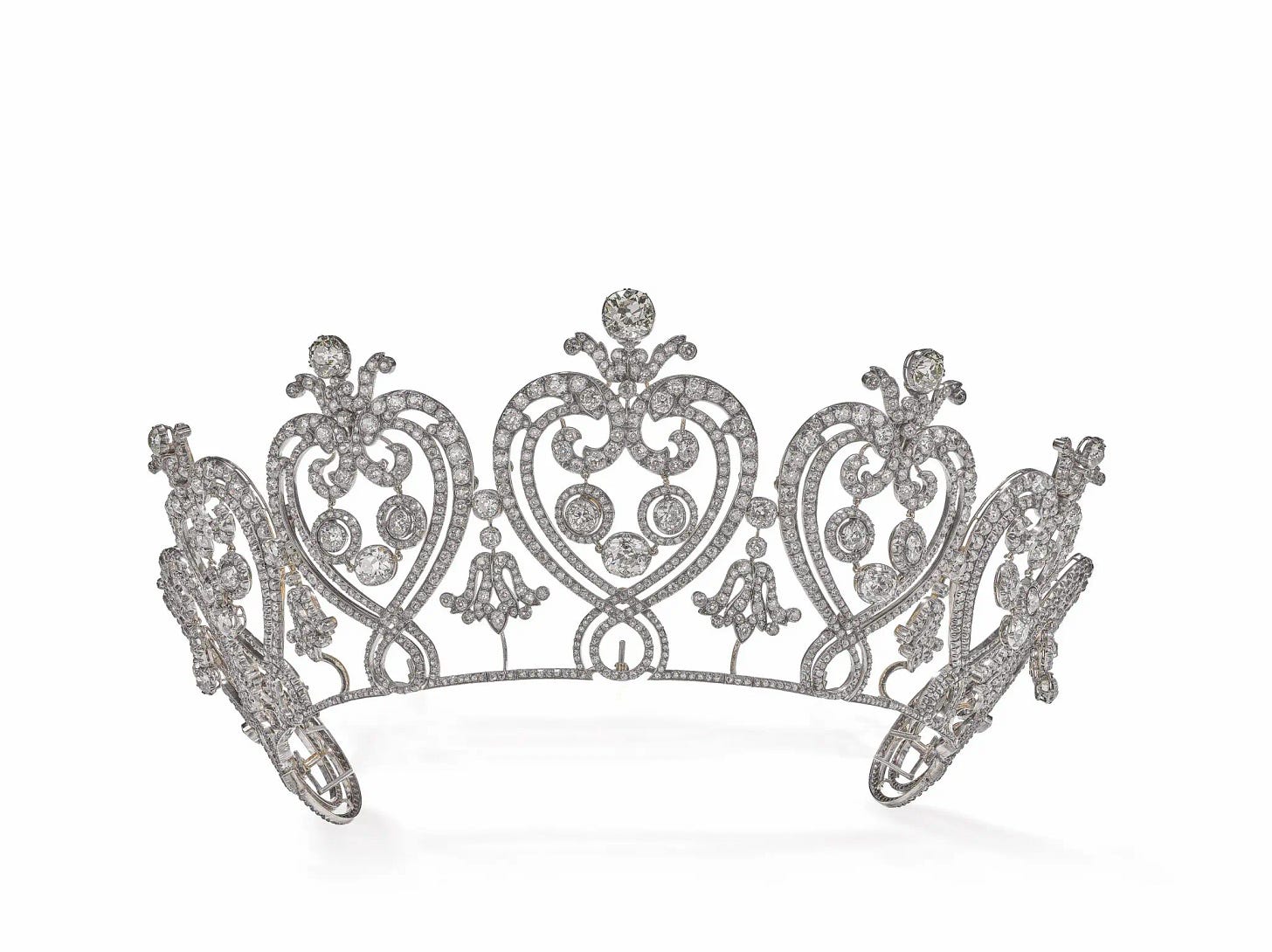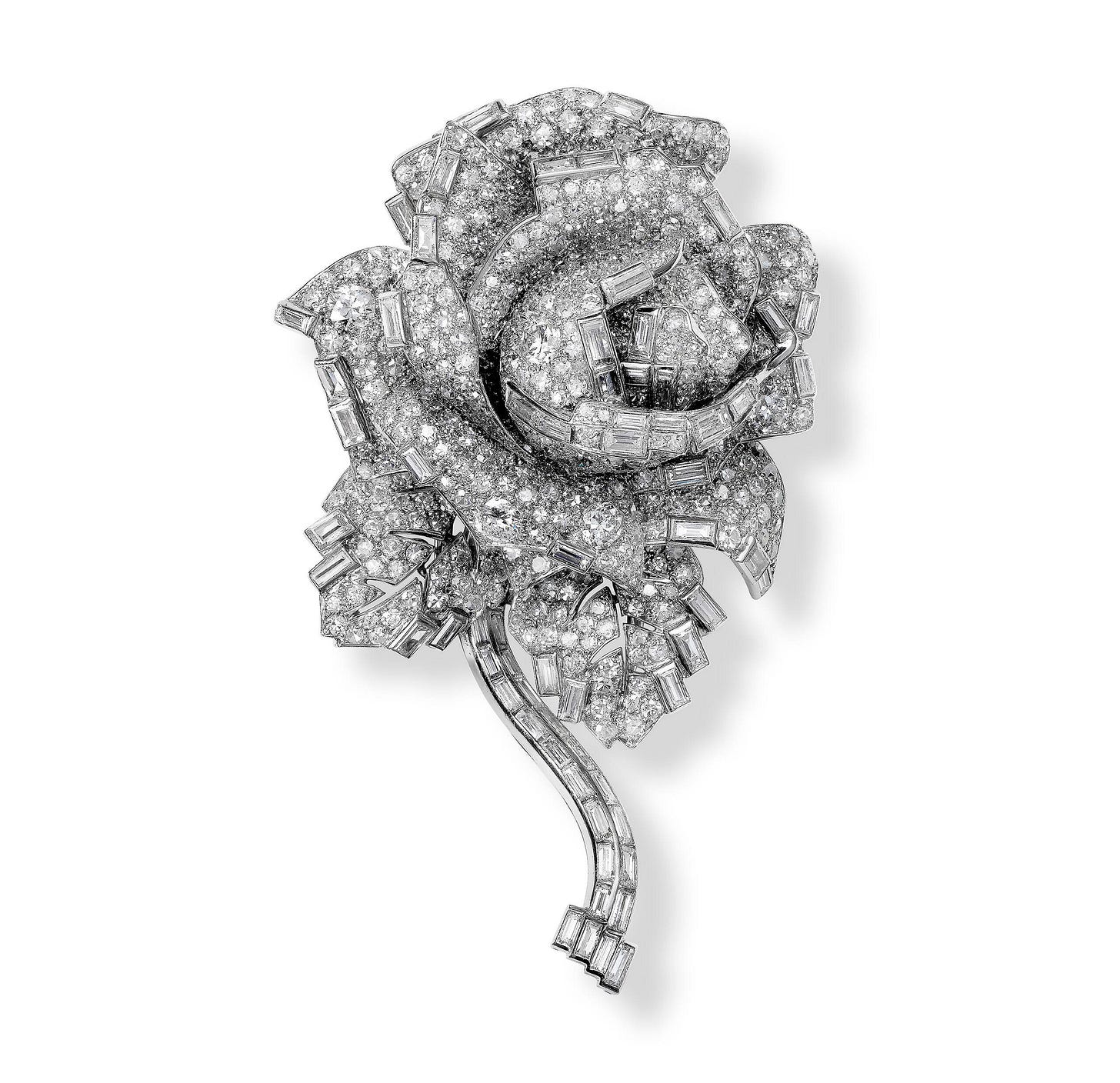Also in this issue:
Venice’s long-shuttered Hôtel des Bains is coming back to life
France’s anti-ultra-fast-fashion legislation
ICE raids in the Los Angeles Fashion District
Kering’s new CEO
Diamonds may be a girl’s best friend. But they are increasingly becoming museum besties, too. While in London this week, I dropped into to see the Cartier, a retrospective of the French jewelry company’s work, at the Victoria & Albert Museum until November 16. This follows Fabergé in London: Romance to Revolution, a blockbuster exhibition at the V&A three years ago; Cosmic Splendor: Jewelry from the Collections of Van Cleef & Arpels, an show of more than sixty celestial-themed high jewelry pieces, at New York’s American Museum of Natural History, through January; Jewellery Designs: Secrets of Creation, a look at the creative process behind fine jewelry, including works from Cartier, Boucheron and Lalique, at the Petit Palais in Paris until mid-July; and Cartier, the Power of Magic, at the Shanghai Museum East last winter.
Like the exhibition in Shanghai, Cartier at the V&A showcases more than 300 pieces, including gemstones, clocks, watches, and archives. Many of the pieces were created by Cartier London, a branch opened in 1902 to expand the family business. It received a royal warrant two years later—one it still has today.
The show has been staged in the Sainsbury Gallery, the museum’s largest space. Among the standout pieces are the Manchester Tiara, commissioned by Consuelo, the Dowager Duchess of Manchester, a wealthy American socialite who had married into the British aristocracy. She provided the 1,500 diamonds to Cartier for the piece.
Several items are on loan from the Royal Collection, such as Williamson Diamond brooch, which Queen Elizabeth II commissioned Cartier London to produce in 1953, the year of her coronation. It is in the shape of a jonquil, with the Williamson Diamond, a flawless 23.6 carat pink diamond that she received as a wedding gift from the Tanzanian mine’s owner in 1947, as the flower’s corona. Another is the Cartier Diamond Rose Brooch, a three-dimensional pavé-set rose created by Cartier London in 1938. It was given to Princess Margaret in 1952, and she wore it to the Queen’s coronation the following year—and many times after.
The power of all this sparkle is impressive: The exhibition is regularly sold out—plan your visit well ahead of time—and each vitrine is surrounded by an impenetrable crowd, many visitors holding phones in front of the pieces to snap pictures, further blocking the view. (And the cell photos are terrible, because there is so much glare on the glass…) Much patience is needed to see this show. Much.
But like Fabergé before it, Cartier is a boon for the V&A. Luxury-themed shows are a major draw for museums: Alexander McQueen: Savage Beauty attracted nearly half-a-million visitors during its 21-week run in 2015, and Christian Dior: Designer of Dreams, in 2019, broke the V&A’s attendance record, with 594,994 visitors in seven months. This, of course, brings major revenue to the museum, both in ticket sales and gift shop revenue—plus, visitors might take in the permanent collection afterward, too.
Keep reading with a 7-day free trial
Subscribe to Dana Thomas to keep reading this post and get 7 days of free access to the full post archives.





